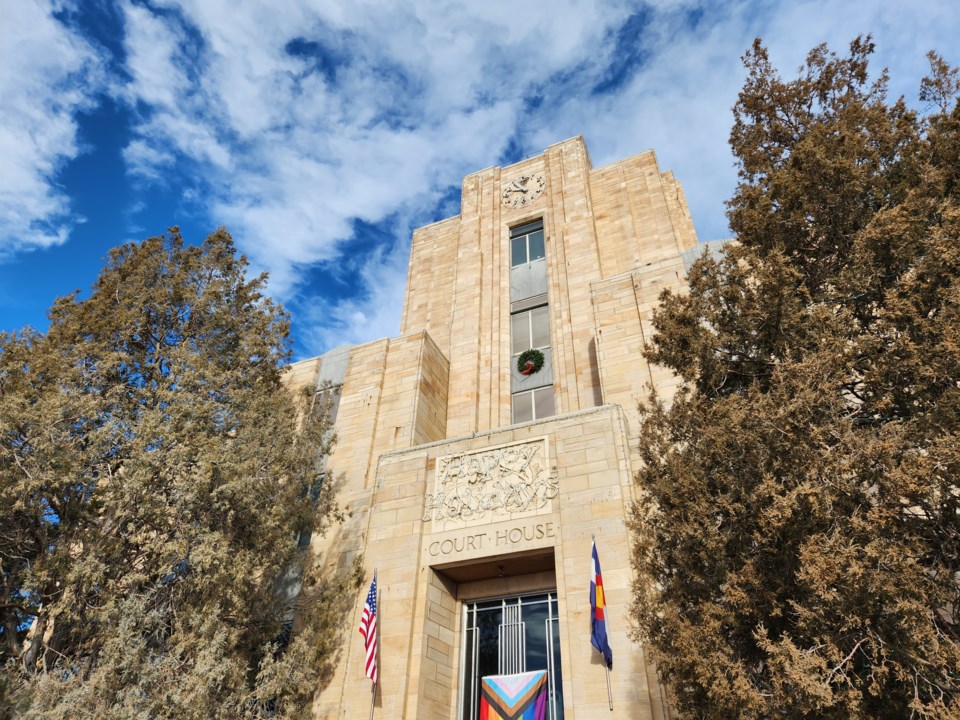Boulder County commissioners have approved updates of its floodplain regulations in the Land Use Code.
The changes are meant to align county policy with new policies from the Federal Emergency Management Agency and the Mile High Flood District, along with clarifying a few areas. Kelly Watson, principal floodplain planner, emphasized during the hearing on Thursday that the flood plain maps would not be changing with these updates.
These changes also only apply to unincorporated areas of Boulder County and to new or substantially improved or damaged buildings, so existing buildings do not have to comply.
The change relating to occupancy in floodplains comes from the Mile High Flood District, a regional district that covers the Denver Metro area including the southwest corner of Boulder County. A new regulation from this district prohibits camping and makeshift structures anywhere in a floodplain.
Commissioner Ashley Stolzmann, who has done work on the Mile High Flood District, noted that a loss of life in the region prompted this code change.
“We have unhoused members of our community that we are pushing out and out and out with nowhere to go,” she said. “As areas push people from one area to another without solutions, people are moving into very dangerous locations, including in the (floodplain).”
In Boulder County, camping is already prohibited in floodways — the area reserved for water passage in a 100 year flood. The area outside of that that is still part of the floodplain is called the flood fringe, where camping has been permitted by the county.
This change would prohibit camping in the flood fringe as well, but Watson emphasized that this is only a small area of the county. She added that the county sees this as an opportunity to educate the public about the dangers of camping in floodplain areas, rather than enforcing the regulation in a punitive way.
For the county to align with FEMA standards and continue qualifying for the National Flood Insurance Program, the county had to also update its standards for agricultural structures. Previously, ag structures could be in a floodplain at grade as long as it is wet flood-proofed, meaning it has vents that allow for the passage of water in event of a flood.
FEMA no longer allows this, so agricultural buildings will need to be elevated or dry flood-proofed. Wet flood-proofing may be allowed via an expedited administrative variance process if there is low damage potential from the building.
During the hearing, some members of the public raised concerns about the timing of the regulatory updates with current work underway to update Boulder County’s flood mapping, but Commissioner Claire Levy emphasized that this change is needed to keep Boulder County eligible for the National Flood Insurance Program.
A few clarifications will also come with the update, including making it clearer when site plan reviews could be waived, letting manufactured homes in a floodplain be evaluated on a case by case basis and allowing emergency work to begin in a floodplain without a permit — though the work must eventually be permitted.
Watson added that in the next six months the county will be handling the zoning and mapping issues related to flood mapping.



